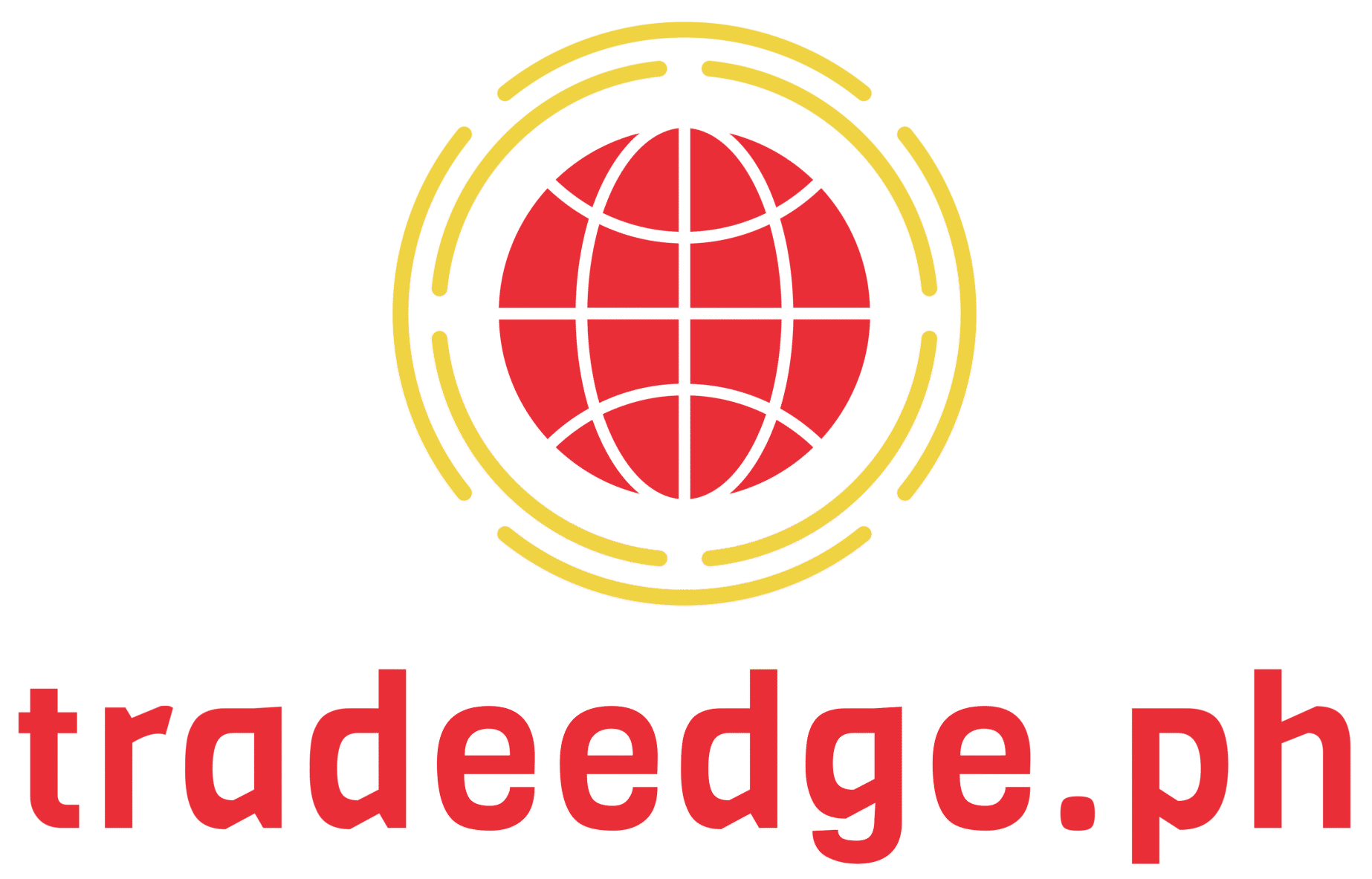In the Philippines, the intersection of innovation and digitalization is creating exciting opportunities for entrepreneurs. As businesses face increasing pressure to adapt to the digital age, many Filipino entrepreneurs are embracing new technologies to improve efficiency, reach more customers, and scale their operations.
E-commerce has become a focal point for many entrepreneurs in the country. With the advent of online marketplaces such as Lazada and Shopee, even the smallest enterprises are able to sell their products to a wider market, including international customers. The convenience of online shopping, coupled with affordable delivery options, has revolutionized retail in the Philippines.
Social media platforms have also proven to be indispensable tools for Filipino entrepreneurs. Entrepreneurs are now able to market their products directly to their target audience, engage in real-time customer service, and receive instant feedback, allowing them to adjust their strategies quickly. Platforms like Instagram and Facebook offer low-cost advertising opportunities that were once out of reach for small businesses, helping them compete with larger enterprises.
Another significant aspect of digitalization is the widespread adoption of digital payment systems. Services like GCash and PayMaya have simplified transactions for both entrepreneurs and consumers, offering a fast and secure alternative to cash payments. This has proven especially beneficial for small businesses that lack the resources to invest in traditional payment systems.
Filipino entrepreneurs are also capitalizing on the growth of the fintech industry. Mobile apps and online lending platforms are providing alternative financial solutions, offering quick and easy access to funding for small businesses. These fintech innovations have enabled entrepreneurs to overcome barriers to financing, giving them the resources needed to expand their operations.
Despite these advancements, there are obstacles to overcome. One of the key challenges is the lack of digital infrastructure in certain areas of the Philippines. Entrepreneurs in rural regions may face difficulties in accessing reliable internet, which can limit their ability to fully embrace digital tools. Moreover, digital literacy remains a challenge, especially among older business owners who are not as familiar with technology.
To address these challenges, various initiatives are being implemented by both the private and public sectors. The government is focusing on improving internet infrastructure in underserved areas, while private companies are offering digital literacy programs to help entrepreneurs maximize the potential of new technologies.
Looking ahead, the future of Filipino entrepreneurship appears promising. As technology continues to evolve, Filipino entrepreneurs have the opportunity to remain at the forefront of innovation, building successful businesses in an increasingly digital world.




